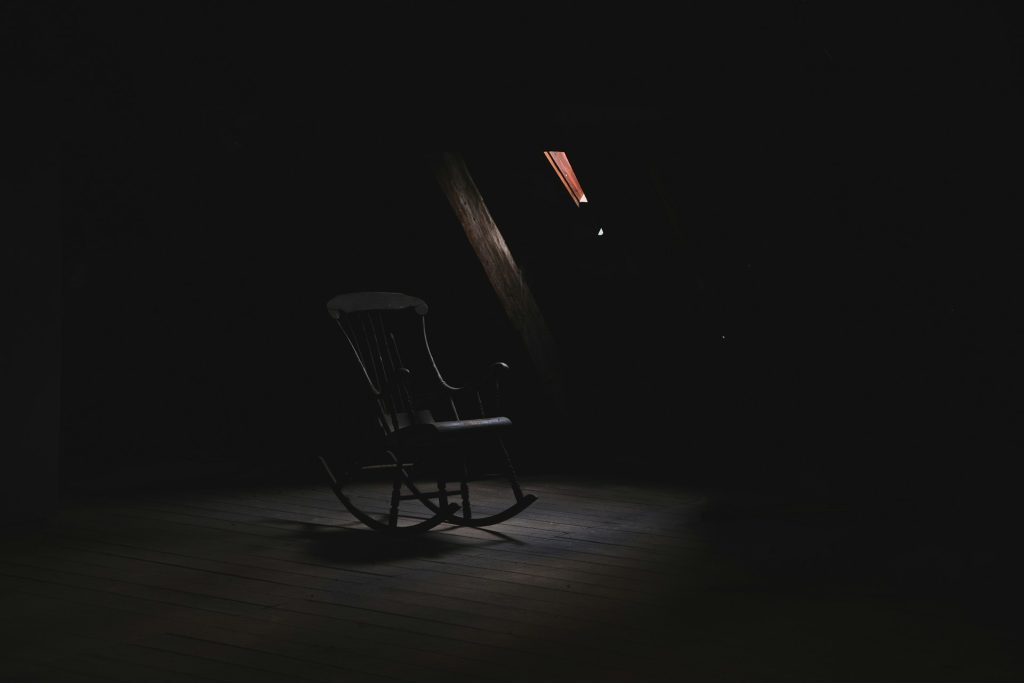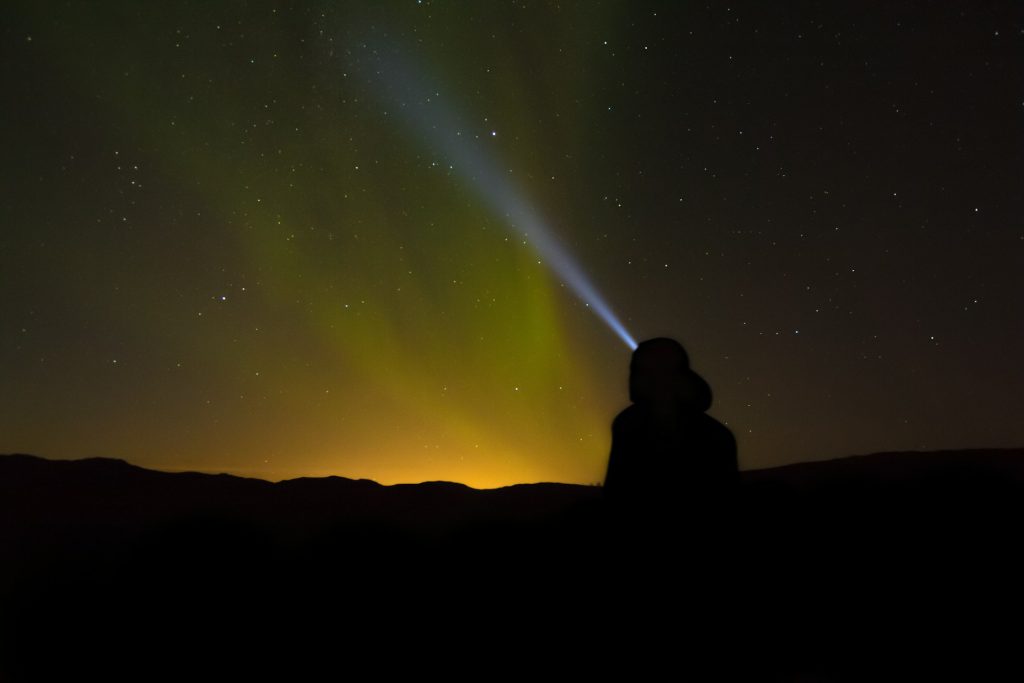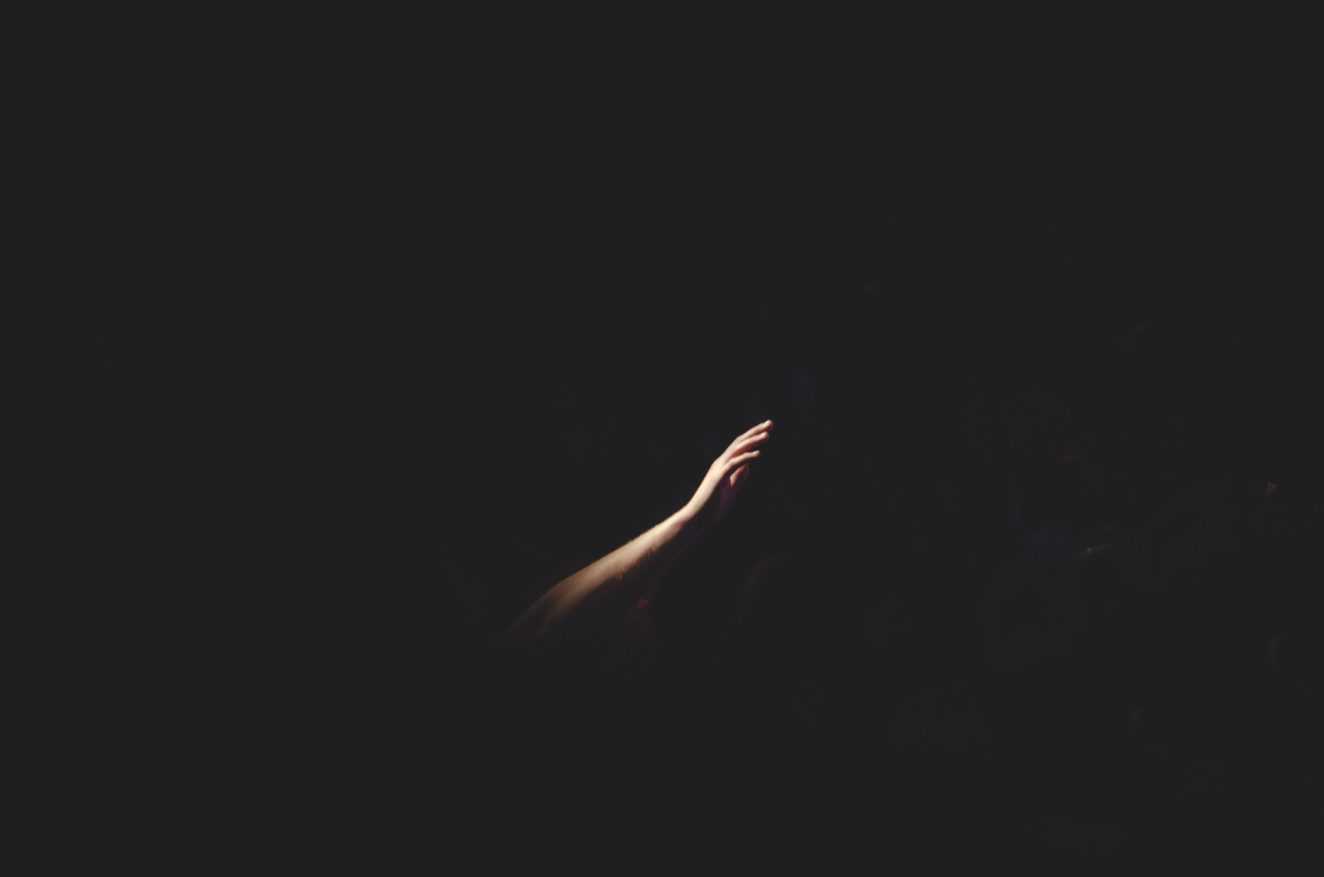Have you ever stumbled around in the dark, wishing your eyes would hurry up and adjust? Maybe you’ve wondered why it feels like a mini-journey every time you step from a bright, sunlit room into a shadowy corner. Well, you’re not alone! Our eyes have a fascinating way of adapting to different light conditions, especially when transitioning from bright light to darkness. So, how long does it really take for our eyes to adjust? Let’s find out about the science of dark adaptation and discover the secrets behind our remarkable visual system!

The Magic of Dark Adaptation: How Do Our Eyes Work?
Dark adaptation is one of those magical processes our bodies perform without us even realizing it. Imagine your eyes as superhero sidekicks, equipped with special powers to help you see in all sorts of lighting conditions. When you move from a brightly lit space into a dim one, your eyes begin an impressive two-stage dance to help you regain your vision.
Step 1: Cone Adaptation
First up is cone adaptation, which lasts about 5 to 10 minutes. Cones are the photoreceptor cells in our retina responsible for color vision and functioning best in bright light. When you suddenly step into darkness, these cones go from being overwhelmed by light to struggling to adjust to the dim surroundings. They start to recover, enhancing their sensitivity—but don’t expect a miracle just yet! During this phase, vision in low light is only moderately improved.
Step 2: Rod Adaptation
Next comes the showstopper: rod adaptation. This phase kicks in after the cones have had their moment in the spotlight and can last up to a whopping 30 minutes. Rods, which are another type of photoreceptor, are super sensitive to light. They contain a pigment called rhodopsin (also known as visual purple) that regenerates in the dark. As rhodopsin builds up, our rods get better at picking up low light, helping us see in the dark like true night owls!
How Long Will It Really Take? ⏳
On average, full dark adaptation takes about 20 to 30 minutes. However, this time can vary from person to person. Just like baking a cake, some folks might need a little extra time for their eyes to adjust. Factors like age, eye health, and even recent exposure to bright lights can impact how long it takes.
For instance, older adults might experience a longer adjustment period due to changes in their eyes that occur naturally with age. It’s like their superhero powers take a bit longer to recharge!

What Affects Dark Adaptation?
So, what are the culprits that can influence how quickly our eyes adapt to the dark? Here are a few key players:
1. Age
As we age, the lenses in our eyes become less transparent, and we may lose some of the functional rods. This means that older individuals often experience a slower dark adaptation process. So, next time you see your grandparent fumbling in the dark, don’t be too hard on them!
2. Light Exposure
If you’ve been exposed to bright light for a while, it can temporarily deplete rhodopsin levels in your rods. This depletion can make it take longer for your eyes to adjust when you finally switch to darkness. It’s like running out of gas on a road trip— you’ll need a pit stop before you can get back on the road!
3. Health Conditions
Certain health conditions, such as cataracts or retinitis pigmentosa, can interfere with the eye’s ability to adapt to darkness. If you’ve got these conditions, you might notice that your dark adaptation takes longer or is less effective. It’s important to consult with an eye care professional if you experience significant changes in your vision.
4. Medications
Some medications, especially those used for allergies or skin conditions, can affect how your eyes adapt to low light. Always check with your healthcare provider if you’re curious about your medications’ effects on your vision!
Tips for Speeding Up the Adaptation Process
While we can’t rush nature, there are ways to optimize dark adaptation and help your eyes adjust more comfortably:
1. Limit Bright Light Exposure
Before entering a dark area, try to minimize exposure to bright lights. This will help preserve rhodopsin levels in your rods, giving you a better chance at a speedy adaptation.
2. Use Red Light
If you need to use a light source in the dark, opt for red light! Red light has less impact on rod sensitivity, meaning it won’t disrupt your night vision as much.
3. Give Your Eyes Time
When moving from a bright space to a dark one, don’t rush. Allow your eyes the time they need to fully adapt. You might even want to do a little light stretching while you wait!

Dark adaptation is a fascinating feature of our visual system, allowing us to navigate a wide range of lighting conditions with ease. Understanding this process not only helps us appreciate the complexity of our eyes but also gives us practical tips for enhancing our experience in low-light situations.
While the time it takes for our eyes to fully adjust can vary, being aware of the factors that influence dark adaptation can empower us to move through the world more confidently. So, the next time you find yourself in a dimly lit environment, remember: your eyes are hard at work, performing a magical transformation to help you see. Embrace the darkness and let your eyes do their thing!





